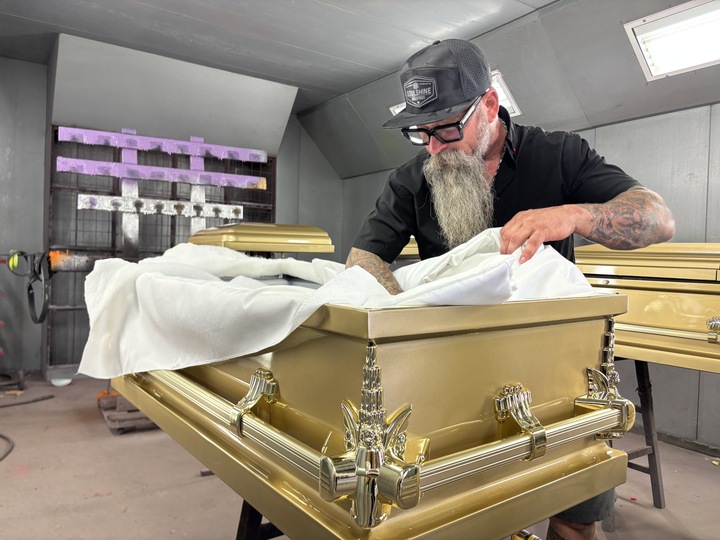Where does our water come from?
Published 7:15 am Saturday, July 19, 2025
For over 160 hours, Victoria residents were left without clean drinking water in their homes and businesses. While this past week wasn’t the first time residents were under a nearly week-long boil-water notice, this might be the first one that caught them by surprise.
First and foremost, residents need to understand where their water comes from before it’s pouring out of their faucets.
Victoria pulls its water from the Guadalupe River (20,000-acre feet of surface water from the Guadalupe River). It then goes into off-channel reservoirs and into a raw pump station. At the raw pump station, the water settles and solids fall to the bottom.

Madison O’Hara
Trending
Then, the water goes to the surface water treatment plant on North Bluff Road. After it’s treated, the water is stored in one of the city’s five towers from which residents draw.
As water travels over land or is absorbed through the ground, it dissolves naturally occurring minerals and other materials that might be in the soil. In some cases, that includes radioactive material and substances from the presence of animals or human activity.
Drinking water, including bottled water, may reasonably be expected to contain at least small amounts of some contaminants. The presence of contaminants does not necessarily indicate that water poses a health risk.
From the Drinking Water Consumer Confidence Report 2024 (CCR):
Contaminants that may be present in source water include:
- Microbial contaminants, such as viruses and bacteria, which may come from sewage treatment plants, septic systems, agricultural livestock operations and wildlife.
- Inorganic contaminants, such as salts and metals, which can be naturally occurring or result from urban storm water runoff, industrial or domestic wastewater discharges, oil and gas production, mining, or farming.
- Pesticides and herbicides, which may come from a variety of sources such as agriculture, urban storm water runoff, and residential uses.
- Organic chemical contaminants, including synthetic and volatile organic chemicals, which are by-products of industrial processes and petroleum production, and can also
come from gas stations, urban storm water runoff, and septic systems.
- Radioactive contaminants, which can be naturally-occurring or be the result of oil and gas production and mining activities.
Trending
In order to ensure that tap water is safe to drink, EPA prescribes regulations which limit the amount of certain contaminants in water provided by public water systems. FDA regulations establish limits for contaminants in bottled water which must provide the same protection for public health.
Contaminants may be found in drinking water that may cause taste, color, or odor problems. These types of problems are not necessarily causes for health concerns.
In 2024 and 2023, the City of Victoria’s water system received a “Superior” rating, which means that it meets or exceeds all State and Federal water quality standards and that there is ample supply, storage and pumping facilities to meet the needs of its citizens.
One way cities combat contaminants in the water is by disinfecting the water with chlorine. Once a year, the city switches from treating the water with chloramines to chlorine. This annual chlorine conversion is something the city has been doing for the past 25 years.
This year’s chlorine burn was set to take place on Aug. 1, but was bumped up to July 12 to try and correct the low levels of chlorine.
When added to waterm chlorine kills harmful microorganisms such as bacteria and viruses that can cause illness and helps prevent the spread of waterborne disease. It is also known to help control taste and odor issues.
The City of Victoria is continuing to investigate what caused the drop in chlorine levels, but many residents have theories of their own as to what happened. Regardless of who or what caused the problem, the true economic impact of the boil-water notice on business owners hasn’t been fully understood.
In next week’s Ask Madison we will take a walk through memory lane and look at other boil-water notices the city has gone through and how city officials addressed these issues in the past.
In this column called Ask Madison, Madison O’Hara, a Victoria native and Advocate reporter, answers questions readers have about anything and everything to do with the Crossroads. Email your question to Madison at askmadison@vicad.com or call her at 361-580-6558.







